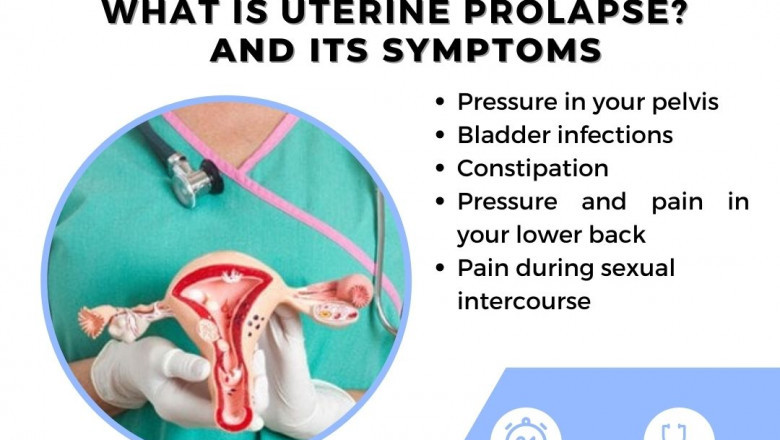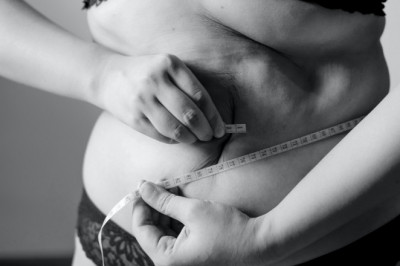views

What is Uterine Prolapse? Symptoms and Causes! How is Uterine Prolapse Diagnosed? Explained Dr. Uday Thanawala
Uterine prolapse is a medical issue that occurs in women with weakened uterine ligaments and muscles. When a woman gives multiple vaginal births, the ligaments around the uterus start weakening and, as a result, these muscles do not support the uterus any longer.
The uterus expands and stretches when you are pregnant (to hold the baby). However, it shrinks back as soon as you give birth. The severity of the condition can vary depending on how weakened the system has got. In some cases, the prolapse can be so severe that the uterus can fall out of the vagina (complete prolapse).
Risk Factors and Causes of Uterine Prolapse
Women who have reached menopause are at high risk of uterine prolapse since their uterus is likely to slip because of the low estrogen levels. Menopause occurs when your body stops producing estrogen, a hormone that keeps your uterus intact and the uterine muscles strong. The prolapse is highly likely to occur in ladies who have:
● A history of uterine prolapse
● One or multiple vaginal deliveries
● Obesity and overweight problem
● Deliver a large baby
● Suffer a trauma during childbirth
● Experience constipation and other activities that strain the pelvic muscles
Anyone with weak pelvic muscles can experience uterine prolapse, although it is more common in aging women.
Symptoms of Uterine Prolapse
You might not notice the symptoms at the initial stage, but with the uterus slipping further away, the symptoms could be noticed easily. You may experience pressure on your bowel and bladder, as the uterus changes its position. Here are the symptoms of uterine prolapse:
● Pressure in your pelvis
● Bladder infections
● Constipation
● Pressure and pain in your lower back
● Pain during sexual intercourse
● Vaginal discharge
● Urine leakage or inability to empty your bladder
● Feeling like something is coming out of your vagina
How is it Diagnosed?
A pelvic exam can tell if the uterus has slipped away from its normal position. Gynecologist In Vashi will insert an instrument inside your vagina to get a clear picture of the organs and muscles in the woman’s reproductive system. The physical test is sufficient for the medical expert to see if the uterus has slipped down the birth canal. No further testing is required.
How is it Treated?
The treatment plans range from a hysterectomy (surgical removal of the uterus) to non-surgical options. It also depends on whether you want children in the future. Exercise and vaginal pessary are the two most common non-surgical treatment options for women who do not want a hysterectomy.
A pessary is a medical device that’s inserted into your vagina and used to hold the uterus in place. However, a pessary has to be cleaned and removed regularly, before you have sex. However, a pessary may not be an effective treatment for everyone. If it’s a severe case, the surgeon might recommend a hysterectomy to help you get rid of the issue.
Consult the best fibroids removal surgery specialist in Navi Mumbai for uterus removal.
Visit: https://thanawalamaternity.com
Address:Thanawala’s maternity home,1st floor,mahavir centre,plot no.77,sector 17,vashi,navi mumbai












